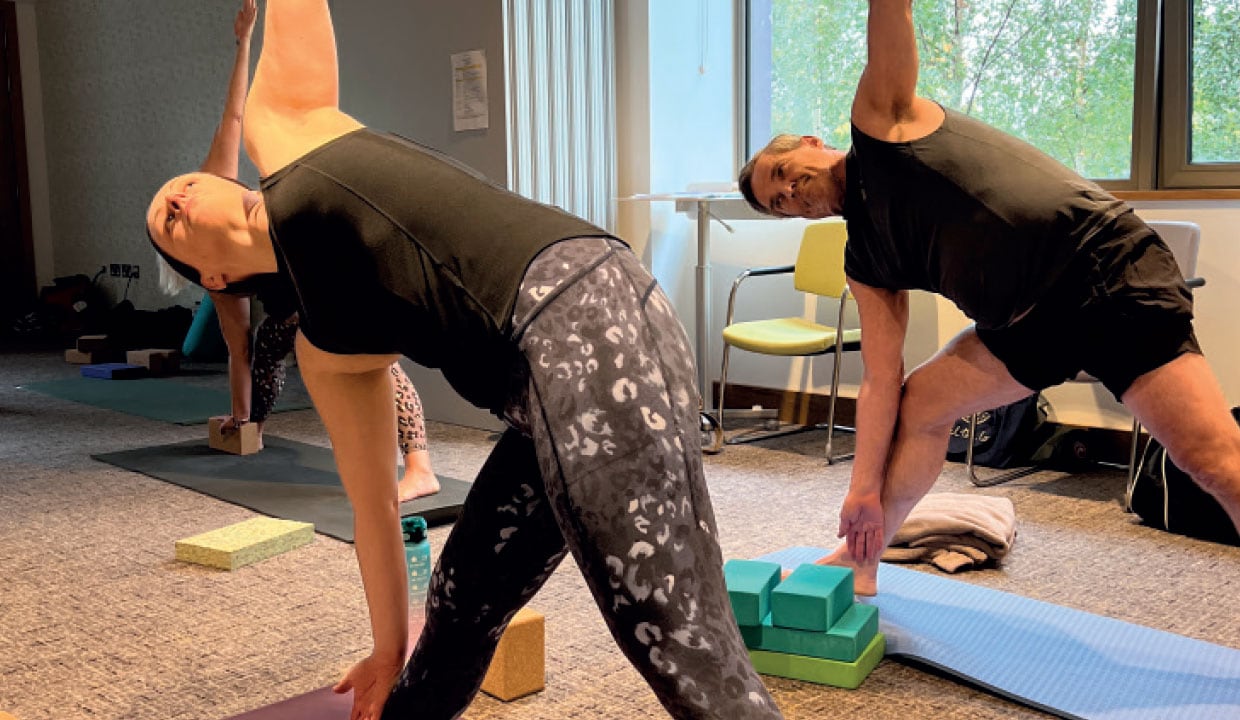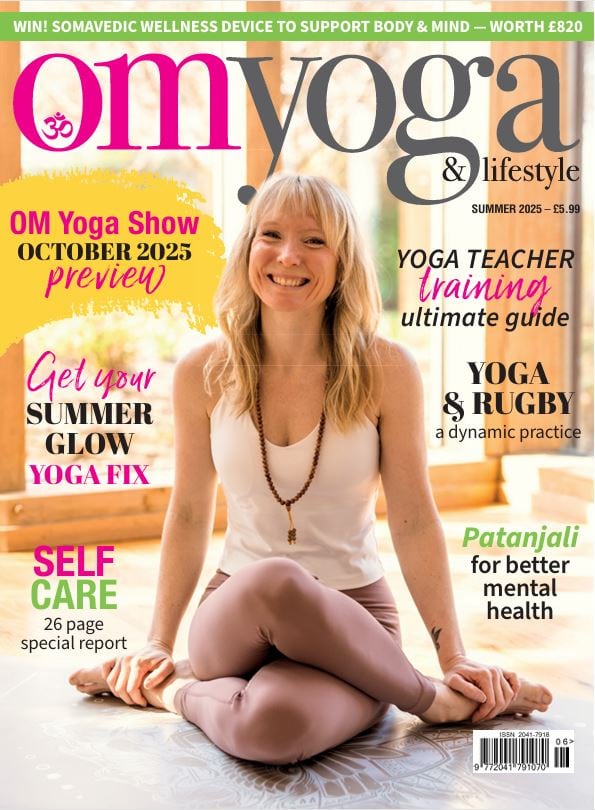Choosing a yoga teacher training course can be overwhelming. With so many options available, how do you know which one will truly prepare you — not just to teach a class, but to live and share the depth of yoga?
The truth is, many people only realise the quality of a course after they’ve completed it. So if you're considering training, it helps to know the core skills and experiences that should be part of any truly transformational programme. Here’s what I’ve learned after over 20 years of running teacher trainings:
Core skills every great yoga teacher needs
Personal evolution
Before you teach others, you must understand yourself. A good course encourages reflection, growth and emotional awareness through yogic philosophy like the Yamas and Niyamas — made relevant to modern life. You should finish your course seeing the world through a yogic lens.
Consistent practice
A strong, regular practice deepens your embodiment and helps you understand how the body responds. This internal awareness is what allows you to teach with clarity, confidence and care.
Yoga anatomy & physiology
A foundational understanding of the body is essential. Not just theory, but how to apply anatomical knowledge to make asana safe, inclusive and beneficial for all bodies.
Practical teaching experience
From day one, you should be teaching — first to peers, then in real-world settings. The course should offer ongoing support, including mentoring, feedback and even teaching insurance if possible, so you can grow your skills safely.
Philosophy with depth
Yoga is more than poses. A good course explores the rich philosophical roots of yoga in a way that connects to life today, giving you something to live by, not just teach.
Communication & class sequencing
Learning how to say what you mean, clearly and kindly, is just as important as knowing what to teach. Sequencing should be logical, purposeful and flexible for a range of students and settings.
Supportive environment
You should feel seen, heard and supported. Great trainings foster community and growth through discussion, interaction and shared learning, not just instruction.
What makes this course unique? Why have you chosen it?
Every great training has its own essence.
Look for what sets yours apart. What is the USP (unique selling point)? In the case of Seasonal Yoga, it’s the unique insight into teaching seasonally, understanding how each season influences our energetic anatomy. This approach adds endless variety to your teaching and deepens your personal practice throughout the year.
Before you sign up…
- Ask for a reading list and realistic time commitment — don’t set yourself up to feel overwhelmed.
- Speak directly to the course leader. Make sure you align in values and expectations. •
- Reflect on your intention: Are you doing this to teach? To deepen your practice? Both?
The right course should feel like more than a qualification. It should feel like the start of a journey — a more conscious, connected and empowered version of yourself.
Julie Hanson is co-creator, author & teacher trainer of Seasonal Yoga. (seasonalyoga.net)




